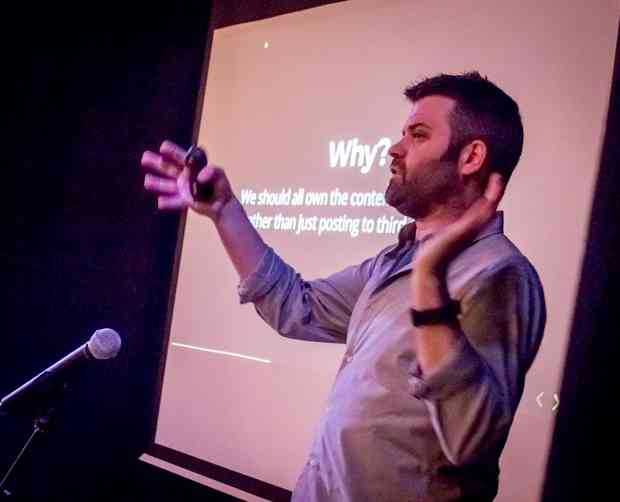-
at Open SignalPortland, Oregon • Thu, March 15, 2018 6:29pmTeaching Publishing Your Podcast! #StreamPDX

-
-
Got around to looking at the first four chapters of @anomalily 's new purrsonal finance workbook Get Your Money Together, and it's SO GOOD!
Highly recommended as a guide for anyone that loves cats and maybe doesn't quite love #personalfinance (yet!)
https://www.kickstarter.com/projects/2052814389/get-your-money-together-your-purr-fect-finance-wor -
Extra Z in timestamps
I'm seeing an extra Z in the timestamp when the authored timestamp has a Z.continue reading... -
Next, @garrettc briefly talked about #IndieWeb: the idea that the content you post online should belong to you, and should then be syndicated to other sites.

-
-
Portland, Oregon • Wed, March 14, 2018 5:47pmHomebrew Microblog Meetup! #indieweb — with microformats
-
-
-
-
-
-
-
-
-
-
